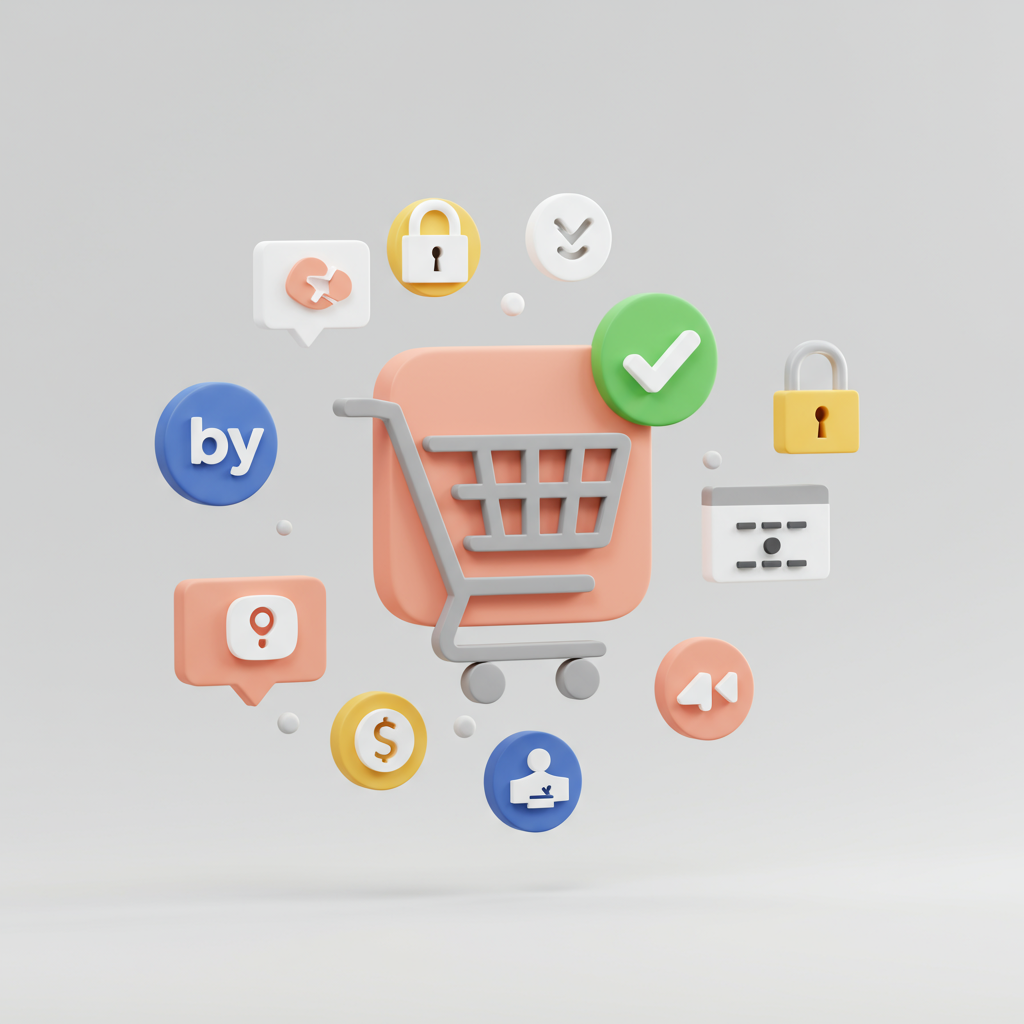Transforming Cart Abandonment into Completed Sales for Your Online Store
Hello fellow Shopify merchants! Today, I want to talk about something incredibly vital for your online store’s success: optimizing your checkout conversion rate.
You’ve worked hard to drive traffic to your store, showcase your products, and convince visitors to add items to their cart. But what happens next?
The checkout process is the final, critical hurdle. It’s where all your marketing efforts culminate, and a smooth, trustworthy experience can make or break a sale.
A high cart abandonment rate at this stage is a clear sign that something isn’t quite right. My goal is to help you identify and fix those issues.
Think of your checkout as the finish line of a race. You want your customers to cross it effortlessly, without tripping or getting distracted.
One of the first things I always emphasize is trust. Customers are sharing sensitive information – their address, credit card details – with you.
Ensure your Shopify store has an active SSL certificate. Shopify handles this automatically, but it’s worth double-checking that the padlock icon is visible in the browser.
Display trust badges prominently. These can include payment provider logos (Visa, Mastercard, PayPal), security seals (McAfee, Norton), or even customer review platform badges.
Next, let’s talk about speed and performance. In today’s fast-paced world, every second counts. A slow-loading checkout page is a conversion killer.
Optimize your images throughout your store, not just on product pages. While Shopify’s checkout is streamlined, overall site speed impacts user perception.
Consider the number of steps in your checkout. Shopify’s default one-page checkout is excellent for this, but ensure you’re not adding unnecessary steps with third-party apps.
Simplicity is key. Minimize the number of form fields customers need to fill out. Only ask for essential information.
Shopify’s auto-fill features for addresses are fantastic; make sure they are working correctly to reduce typing effort.
Offer a variety of payment options. Beyond credit cards, consider PayPal, Shop Pay, Apple Pay, Google Pay, and even local payment methods relevant to your audience.
The easier it is for a customer to pay with their preferred method, the higher your chances of conversion.
Shipping costs and options are another major point of friction. Be transparent about shipping fees from the very beginning, ideally before the checkout page.
If you offer free shipping, highlight it! It’s a powerful incentive. If not, make sure the costs are clear and reasonable.
Provide estimated delivery times. Uncertainty about when an item will arrive can lead to abandonment.
Mobile optimization is non-negotiable. A significant portion of online shopping now happens on smartphones.
Your checkout pages must be fully responsive, easy to navigate with a thumb, and have large, tappable buttons.
Input fields should be large enough, and the keyboard should automatically switch to numeric for phone numbers or credit card fields.
What about guest checkout? I strongly recommend enabling it. Forcing customers to create an account before purchasing is a huge barrier for many.
You can always offer the option to create an account *after* the purchase is complete.
Implement progress indicators. Showing customers where they are in the checkout process (e.g., “Shipping > Payment > Review”) reduces anxiety and gives a sense of progression.
Clear calls to action (CTAs) are crucial. Buttons like “Continue to Shipping,” “Review Order,” and “Complete Order” should be prominent and unambiguous.
Don’t forget about abandoned cart recovery. Even with the best optimization, some carts will be left behind.
Set up automated abandoned cart email sequences. A well-crafted series can recover a significant percentage of lost sales.
Consider exit-intent pop-ups on the cart or checkout page, offering a small discount or a reminder of free shipping to entice them to stay.
Social proof can also play a role. While less common directly on the checkout page, having product reviews visible on product pages builds trust that carries through.
Make customer support easily accessible. A visible link to FAQs or a live chat option can quickly resolve last-minute questions.
A/B testing is your best friend in CRO. Don’t just guess what works; test it!
Test different button colors, CTA text, field labels, or even the order of information. Even small changes can yield significant results.
Regularly review your Shopify analytics and Google Analytics. Look for drop-off points in your funnel. Where are customers leaving?
Understanding these data points will guide your optimization efforts and tell you exactly what needs attention.
Finally, remember that checkout optimization is an ongoing process, not a one-time fix. Your customers’ expectations evolve, and so should your checkout.
Continuously monitor, test, and refine. Every improvement, no matter how small, contributes to a better customer experience and more sales.
I hope these insights help you boost your Shopify store’s conversion rates. What do you think about these strategies? I’d love to hear your thoughts!
By focusing on trust, speed, simplicity, and customer convenience, you’ll transform your checkout from a hurdle into a seamless path to purchase.






